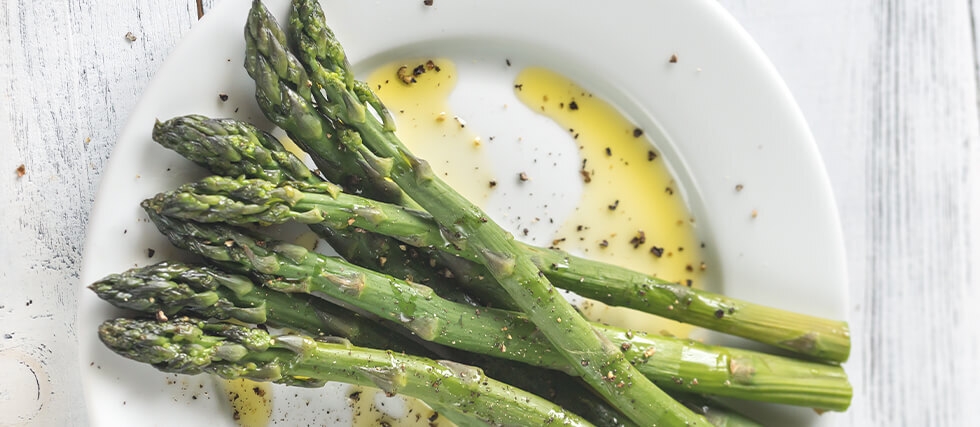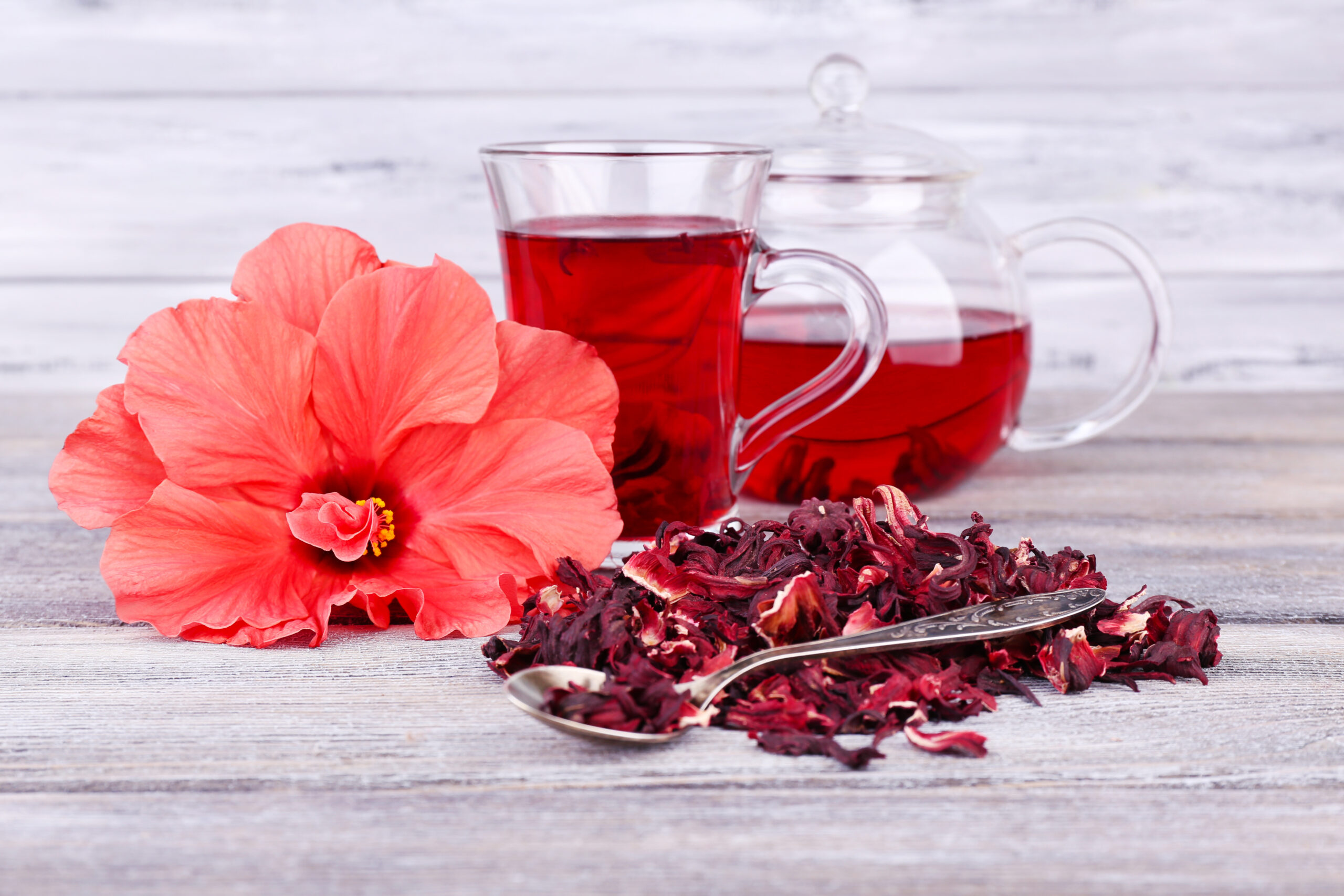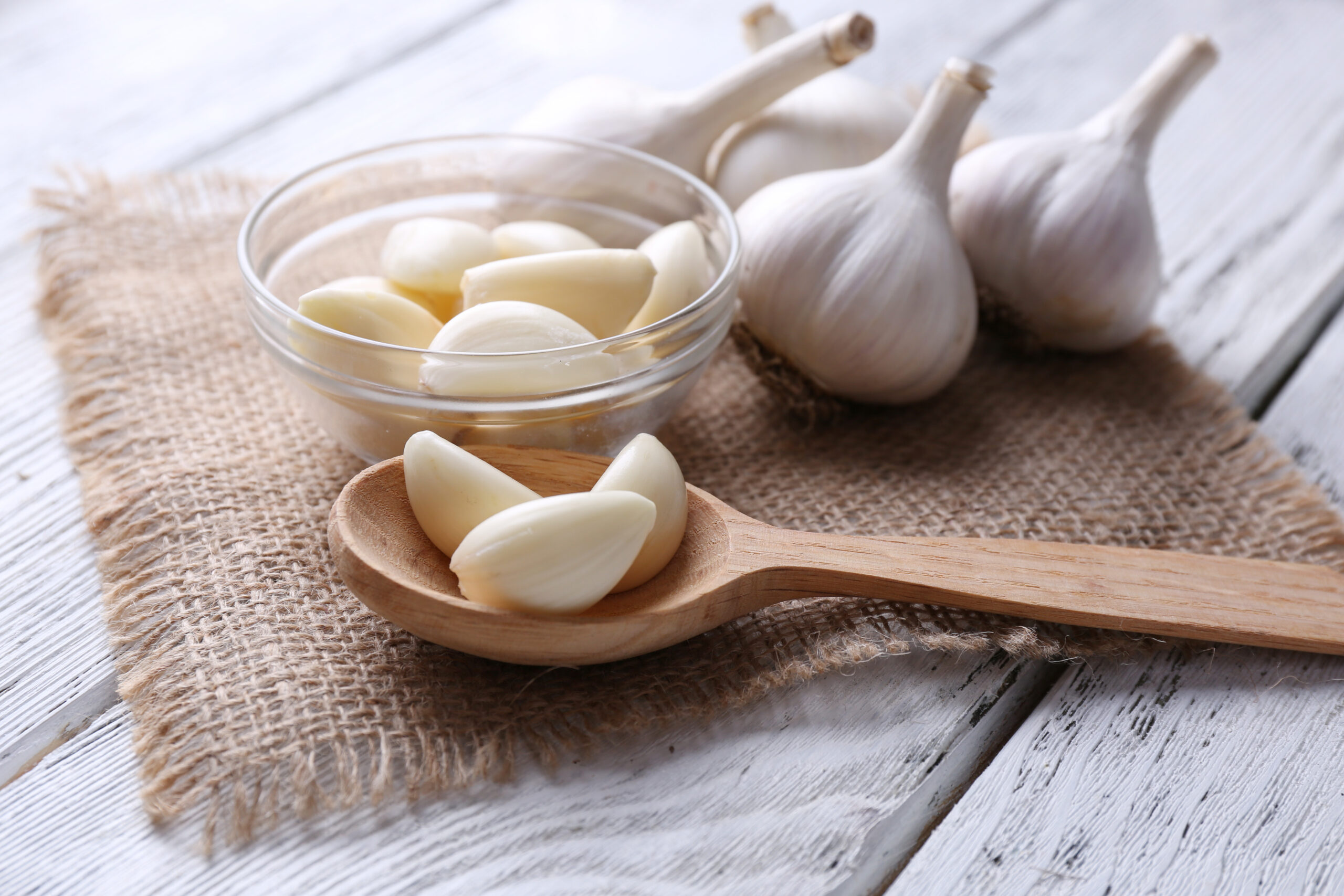The Power of Stillness: How Isometric Exercise Can Help Lower Blood Pressure
You don’t need to break a sweat or hit the treadmill to improve your heart health. In fact, just staying still—strategically—might be one of the most powerful tools for reducing blood pressure.
Isometric exercises are static muscle contractions, meaning the muscle tenses without movement. Think planks, wall sits, or squeezing a handgrip. While these exercises may look simple, research shows they can significantly lower blood pressure, especially in people with hypertension.
A 2023 meta-analysis published in the British Journal of Sports Medicine reviewed dozens of studies and found isometric training to be more effective at reducing systolic and diastolic blood pressure than aerobic or dynamic resistance exercises. Participants who performed isometric workouts for just three sessions a week saw average reductions of 8 mmHg in systolic blood pressure and 4mmHg in diastolic blood pressure—enough to rival some medications.
How does it work? Isometric exercise triggers small, repeated contractions that improve blood vessel flexibility and promote the production of nitric oxide. Over time, this leads to less resistance in the arteries and better circulation, key factors in controlling blood pressure.
Best of all, isometric workouts are low-impact, time-efficient, and require no special equipment. A simple 2-minute wall sit or hand grip squeeze, repeated a few times a day, can deliver real cardiovascular benefits with minimal strain.
Of course, anyone with cardiovascular issues should consult a doctor before starting a new exercise regimen. But for many, isometric training offers a safe, accessible way to help lower blood pressure naturally, without logging miles or lifting weights.
In short, you don’t have to move to make a difference. Sometimes, holding still is the smartest move your heart can make.








